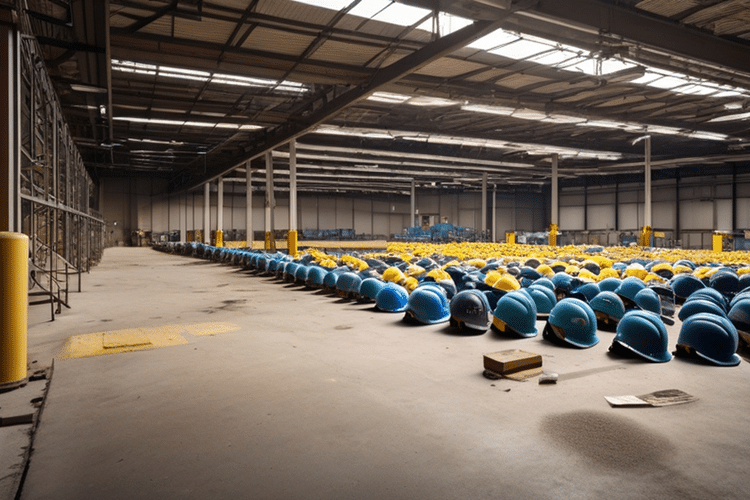
The Tib Bar: Unlocking Lower Leg Strength and Stability
Welcome to our comprehensive guide on the Tib Bar—an innovative tool designed to target and strengthen the lower leg muscles. Whether you’re an athlete looking to enhance performance, a fitness enthusiast seeking to build lower leg strength, or an individual recovering from an injury, the Tib Bar offers a versatile and effective solution. In this blog, we will explore the benefits of incorporating a Tib Bar into your fitness routine, discuss the various exercises and stretches it facilitates, and provide practical tips on maximizing its potential. Get ready to dive into the world of lower leg training and unlock the power of the Tib Bar.
Table of Contents
Benefits of incorporating a Tib Bar into your fitness routine
What is a Tib Bar?
A Tib Bar is a specialized fitness tool designed to target and strengthen the muscles in the lower leg. It typically consists of a sturdy bar with a padded grip and adjustable resistance settings. The Tib Bar allows for various exercises and stretches that specifically engage the calf muscles, ankle muscles, and shin muscles. It provides a focused and effective way to enhance lower leg strength, stability, and overall lower leg function.
The Mechanics Behind the Tib Bar
The Tib Bar operates on the principle of concentric and eccentric muscle contractions. By adjusting the resistance level of the Tib Bar, users can customize the challenge and intensity of their exercises. During concentric contractions, the muscles shorten as they contract against the resistance of the Tib Bar, promoting muscle strength and power. In contrast, eccentric contractions occur when the muscles lengthen under tension, which helps develop control and stability in the lower leg muscles.
Different Types of Tib Bars
Various Tib Bars are available to cater to different fitness levels and preferences. Some Tib Bars offer adjustable resistance settings, allowing users to gradually increase the challenge as their strength improves. Others may have fixed resistance levels, suitable for individuals looking for a consistent workout intensity. Tib Bars can vary in length, grip design, and overall construction, providing options to accommodate various hand sizes and exercise variations. Choosing the right type of Tib Bar depends on individual needs and fitness goals.
Tib Bar Exercises for Lower Leg Strength
Building lower leg strength is essential for improving athletic performance, stability, and overall lower body function. The Tib Bar offers a range of exercises specifically designed to target the muscles in the lower leg, helping you develop strength, power, and muscular endurance. Here are some effective Tib Bar exercises for lower leg strength:
Calf Raises and Variations
Calf raises are a classic exercise for strengthening the calf muscles. With the Tib Bar, you can take calf raises to the next level. By placing the balls of your feet on the Tib Bar and raising your heels off the ground, you engage the gastrocnemius and soleus muscles in the calves. To add variation, you can perform single-leg calf raises or incorporate pauses at the top or bottom of the movement. These variations challenge the muscles differently and help promote balanced calf development.
Ankle Dorsiflexion and Plantarflexion Exercises
Ankle dorsiflexion and plantarflexion exercises target the muscles responsible for flexing and extending the foot. With the Tib Bar, you can perform these exercises by placing your foot on the bar and either pulling your toes toward your shins (dorsiflexion) or pointing your toes away from your shins (plantarflexion). These exercises strengthen the muscles in the front and back of the lower leg, improving ankle stability, mobility, and overall lower leg strength.
Toe Raises and Toe Curls
Toe raises, and toe curls with the Tib Bar focus on strengthening the muscles in the toes and feet. By gripping the bar with your toes and either lifting your toes upward (toe raises) or curling them downward (toe curls), you engage the intrinsic muscles of the foot. These exercises promote foot strength, flexibility, and arch support, which are crucial for maintaining balance, preventing foot-related injuries, and enhancing overall lower leg stability.
Shin Splint Prevention and Rehabilitation Exercises
Shin splints can be a common issue, especially among athletes and runners. The Tib Bar can be used for exercises that help prevent and rehabilitate shin splints. Toe taps, ankle inversions, and resisted ankle dorsiflexion are examples of exercises that target the tibialis anterior muscle and the surrounding lower leg muscles. Strengthening these muscles can improve shock absorption, reduce strain on the shins, and provide better lower leg support, helping prevent or alleviate shin splint discomfort.
Strengthening Exercises for Tibialis Anterior
The Tibialis anterior muscle, located along the front of the lower leg, plays a significant role in foot control and dorsiflexion. Strengthening this muscle is important for balance, ankle stability, and proper foot mechanics. The Tib Bar can be used for toe taps, ankle inversions, and resisted ankle dorsiflexion to target and strengthen the tibialis anterior. These exercises contribute to improved lower leg strength and help support healthy foot and ankle function.
Tib Bar Stretches for Flexibility and Mobility
In addition to building strength, flexibility, and mobility are vital components of a well-rounded lower-leg training routine. The Tib Bar can be utilized for a variety of stretches that target key muscles in the lower leg, helping improve the range of motion, alleviate tightness, and enhance overall mobility. Here are some effective Tib Bar stretches for flexibility and mobility:
- Achilles Tendon Stretches: Stretching the Achilles tendon is crucial for maintaining optimal ankle mobility and reducing the risk of injuries. With the Tib Bar, you can perform effective Achilles tendon stretches by placing your foot on the bar and gently leaning forward, keeping your leg straight.
- Plantar Fascia Stretches: The plantar fascia is a band of tissue that runs along the bottom of the foot, and tightness in this area can lead to discomfort and decreased foot mobility. The Tib Bar can be used for stretching the plantar fascia by placing your toes on the bar and gently pushing your foot downward, creating a stretch along the arch.
- Shin and Anterior Tibialis Stretches: Stretching the muscles in the front of the lower leg, such as the shin and anterior tibialis, is important for maintaining balanced lower leg flexibility and preventing imbalances.
In conclusion
The Tib Bar is a valuable tool for targeting and strengthening the lower leg muscles, enhancing stability, and promoting overall lower leg function. By incorporating the Tib Bar into your fitness routine and performing the suggested exercises and stretches, you can experience increased lower leg strength, improved balance, and reduced risk of injuries. Remember to prioritize proper form and technique, gradually increase the intensity, and listen to your body for optimal results. Whether you’re an athlete, fitness enthusiast, or someone seeking to improve lower leg function, the Tib Bar can be a game-changer in your fitness journey. So, grab your Tib Bar and embark on a path to stronger, more stable, healthier lower legs.






